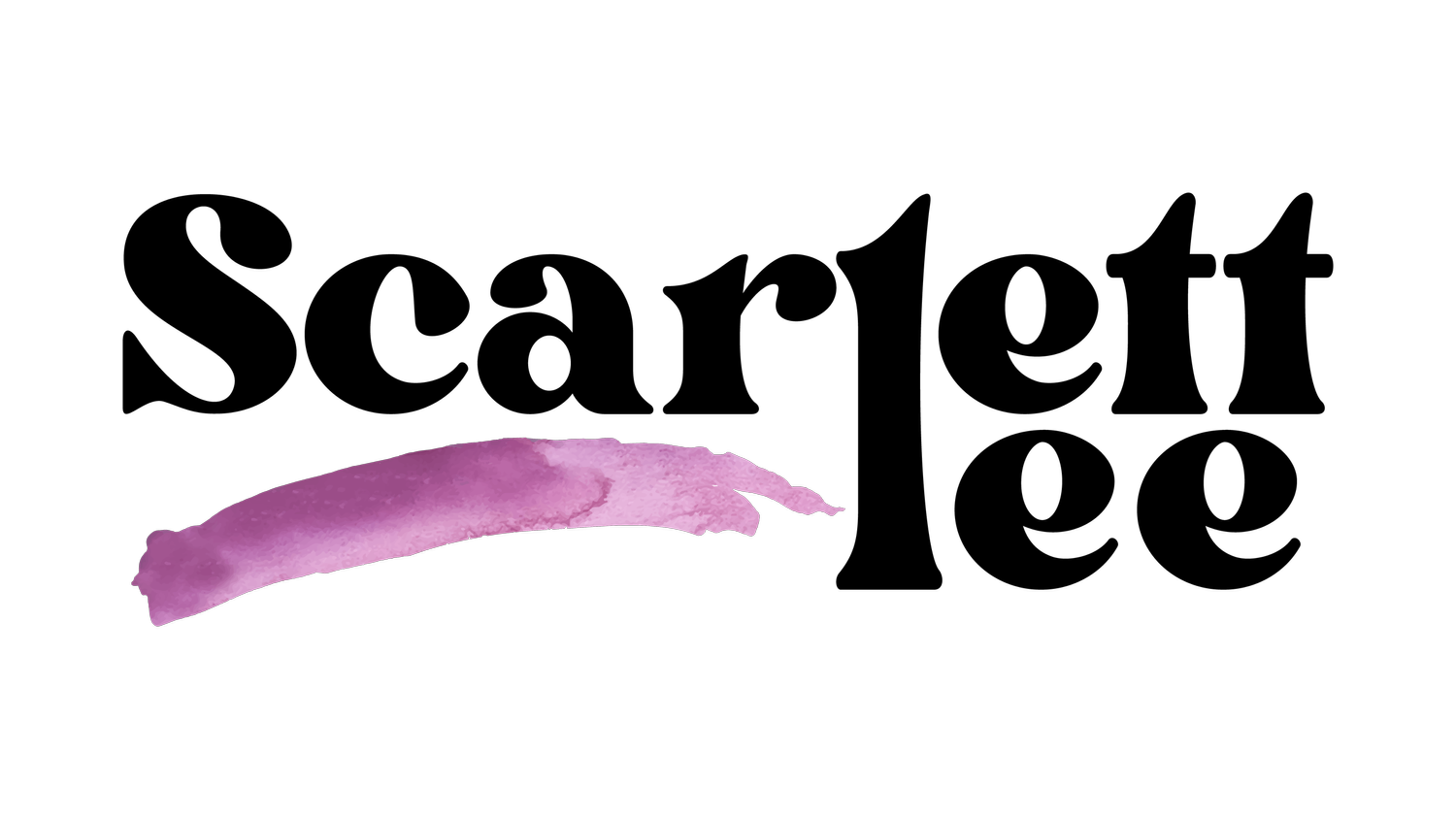How to Encourage A Healthy Microbiome after a C-Section
Did you know that both my kids were born via C-section? This definitely wasn’t the plan. When I was pregnant with my first I had this ideal natural birth planned out in my head. I nourished my body throughout my whole pregnancy in the hope that I would pass on good gut health to my baby. But things didn’t go to plan and unfortunately after a looooong labour I ended up with an emergency c-section. I was shattered, not only because I’d missed out on the experience of having a natural birth but because I’d missed out on passing on all the beneficial microbes through the birth canal.
Over time I made peace with my first birth and when I became pregnant with my second, I decided to try for a VBAC. I was a lot more open minded this time and I mentally prepared myself for all options in case I ended up with another C-section. Again, things didn’t go to plan and I ended up with another emergency c-section.
But this time it felt different. I felt empowered and knew that I had done everything I could to birth naturally. I also knew that there were things I could do after birth that I’d done with my daughter already to build a healthy microbiome.
These are the things I did with both my kids who are now 8 and 5 and are happy, healthy and rarely get sick.
1. Breastfeed
Breast milk is the ultimate food for your baby. It's full of probiotics that are amazing for your bubs gut and it also contains prebiotics - which is what the good bacteria feed off. With both my kids my goal was to breastfeed as long as I could - that ended up being 2 years for both.
Breastfeeding doesn’t always come easy so if you are struggling at any point in your breastfeeding journey I encourage you to seek the help of a lactation consulant. The Milk Meg was my saviour in those early newborn days.
2. Skin to skin contact
Skin to skin contact as soon as possible after the birth can help the transfer of good bacteria missed out through the birth canal and can also help establish breastfeeding. After both of my caesareans I requested skin to skin contact as soon as I could and I was lucky enough to be able to do this on the operating table. After the birth I continued to give both my babies lots of skin to skin contact.
3. Let them get dirty
Soil is full of beneficial bacteria that are essential for our health. We cannot get these strains of bacteria from anywhere else except for special soil probiotics but it's cheaper and more fun to let your kids have contact with dirt. If you're not used to letting your kids get dirty it can take a bit to get through the discomfort and let them go for it but the more you do it the easier it becomes.
When you're washing off all that dirt use an all natural soap instead of antibacterial or chemical soaps as these can disrupt the balance of good bacteria on your skin.
4. Baby probiotics and fermented foods
I started both Albee and Anjali on probiotics when they were about a month old then gradually started introducing fermented foods as they started on solids. For Albee I started him on Fusion Kids Probiotic (a dairy free blend) then from 5 months old I started giving him small amounts of Kultured Wellness coconut yoghurt on my finger. This yoghurt is full of bifidobacterium which are responsible for immune system development and reducing the occurrence of colic and food allergies. From 6 months of age I slowly started adding in more fermented foods starting with sauerkraut juice then sauerkraut and coconut kefir.
Giving kids fermented foods from the start not only gives them the benefit of the beneficial bacteria but it also helps their taste buds develop and get used to the strong flavours. It's much easier to convince a baby to eat fermented foods than a toddler or teenager.
5. Vaginal seeding
Vaginal seeding basically involves inserting a sterile gauze into the vagina before delivery then just after the birth the baby is swabbed all over with this gauze. This process is said to simulate the exposure to the beneficial bacteria received through the birth canal - check out the Microbirth Film for more information on this.
I wasn’t aware this was possible when I had Anjali but I was lucky enough to be able to do this with Albee at our local public hospital here on the Sunshine Coast. Even if you are planning a vaginal birth (like I was) it’s worth finding out if your care provider will provide this as an option in the event of a c-section. This is not a procedure that is routinely offered so you will have to specifically request it. There is not a lot of research or data on this so I encourage you to do your own research.
As well as these 5 things I try and keep our diets as clean as possible - full of whole foods, high in fibre and low in sugar to keep the good bacteria thriving.
Having two c-sections has taught me that there are no guarantees to perfect gut health no matter what type of birth you have. And the choices that you make after the birth are just as important in building a healthy microbiome as the birth itself.

